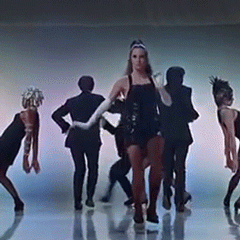How Bob Fosse Productions Transformed Beauty, From Directional Eyes to Power Ponytails
Tonight, FX's new miniseries Fosse/Verdon will turn the spotlight on Bob Fosse and Gwen Verdon, the jazz choreographer and Broadway dancer who, together, changed the face of American theater.
Based on the book Fosse by Sam Wasson, the biographical show stars Sam Rockwell as the trailblazing theater director and Michelle Williams as the Tony-winning performer, exploring the couple's notoriously tumultuous marriage, as well as their complex artist-muse relationship. It also underscores Fosse's tortured genius, from his distinct style of dance (Finger snaps! Hip thrusting! Shoulder rolling!) to his ability to bring fantasies to life, down to every last detail.
One of the most striking common threads through his productions? Directional beauty that dazzled both onstage and on screen. In fact, backstage at Rodarte this season, makeup artist James Kaliardos name-checked Fosse while pressing glitter on top of fuchsia eyes and lips. "[Bob] didn't just choreograph," explains Kaliardos, who was entranced by Fosse's 1979 American musical drama All That Jazz when he first saw it as a young boy. "He was all about creating these expressive, hyper-individual characters. And always with this extra-ness in the hair and makeup that communicated glamour. That showbiz feeling, you know?"
From Swinging Sixties eyes to chiseled limbs that defy gravity, here are the beauty motifs that Fosse thrust into the zeitgeist in the '60s and '70s, influencing pop culture for years to come.
The Power Ponytail
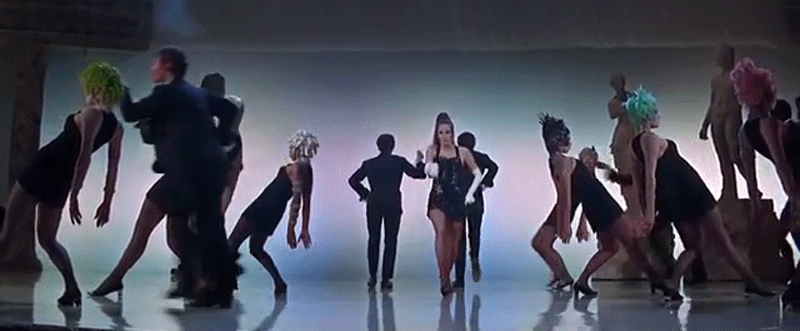
One of the most iconic of his career, the Rich Man's Frug scene in 1969's Sweet Charity not only offered up three different interpretations of the Frug dance craze, but put the power ponytail on the map to extraordinary effect. In fact, in Beyoncé's music video for her 2007 single "Get Me Bodied," she recreated the groovy dance sequence complete with an itsy-bitsy mini dress and a high-slung updo rivaling that of lead dancer, Suzanne Charny.
Dramatic Blush
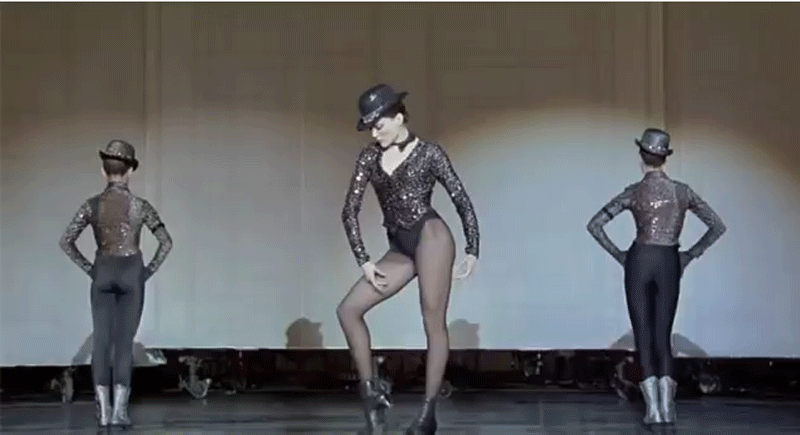
Teeing up the more-is-more ethos that would come to define the '80s above the neck, Fosse's generous sweepings of rouge were a precursor to makeup artist Way Bandy's color contouring "drape" blush technique—particularly in All That Jazz. Case in point? The famed "There'll Be Some Changes Made" number, in which Ann Reinking serves up a heart-stopping smoke-show act with a pop of pink blush bright enough for the cheap seats in the back.
Graphic Gazes
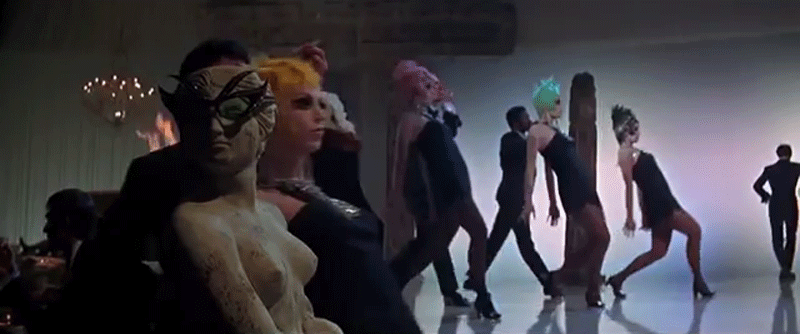
As far as Fosse was concerned, the eyes always had it. In Sweet Charity, the joie de vivre of the 60s was celebrated with Cleopatra-like cut crease eyeliner designs, while in 1972's Cabaret, swathes of royal blue eyeshadow were an essential component to Liza Minnelli's Oscar-winning portrayal of Sally Bowles.
The Fake Beauty Mark
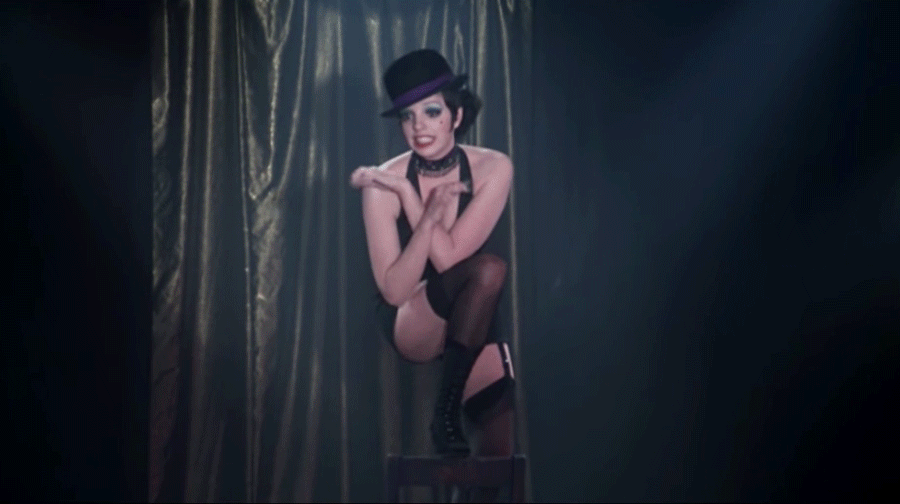
Throughout history, drawn-on beauty marks have had a variety of meanings. In ancient culture, they could signify wealth or intelligence, while in Old Hollywood’s golden age they were a beauty trick used to make the face more symmetrical or attract attention to a certain feature. Whatever the faux dot on Sally Bowles' upper left cheek symbolized in Cabaret, it was a key part of her escapist beauty uniform alongside her red lips, fluttery fringe, and emerald green nails.
Head-Swiveling Headpieces
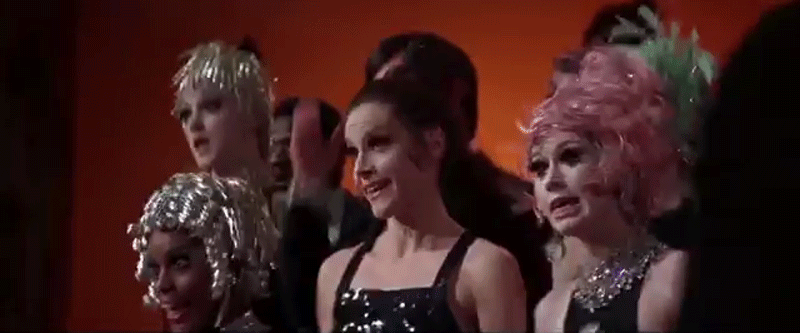
There's no such thing as a bad hair day in Fosse's world, and this is due in no small part to the array of statement-making toppers that have outfitted his dancers. And while top hats are a tried-and-true favorite, it's the dizzying display of eye-catching headpieces in Sweet Charity that takes the cake, from the neon plumed wigs to the crystal-beaded caps.
Impossibly Toned Legs
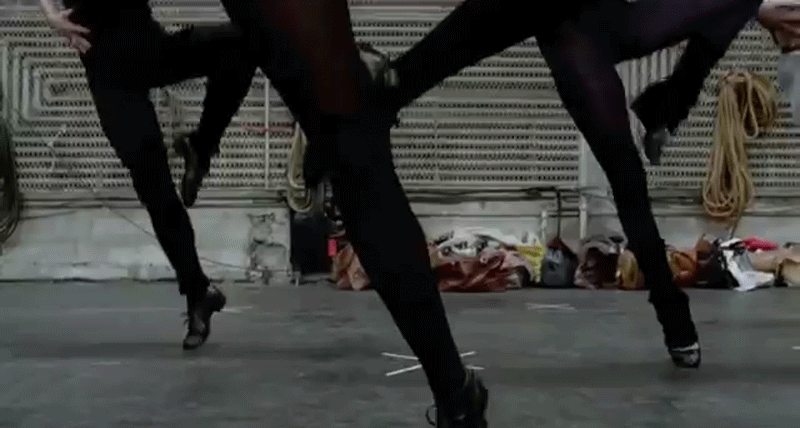
While Fosse made a point of utilizing every inch of a dancer's body in his choreography, the legs always stole the show. "Choreography is writing on your feet," he once said, after all. Equal parts lithe and toned, every pair of superhuman, crescent jumping limbs was more dexterous than the next. For proof, look no further than the parade of robust stems in All That Jazz's ensemble scenes.
